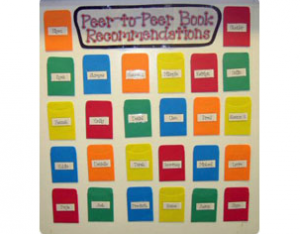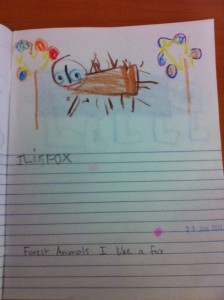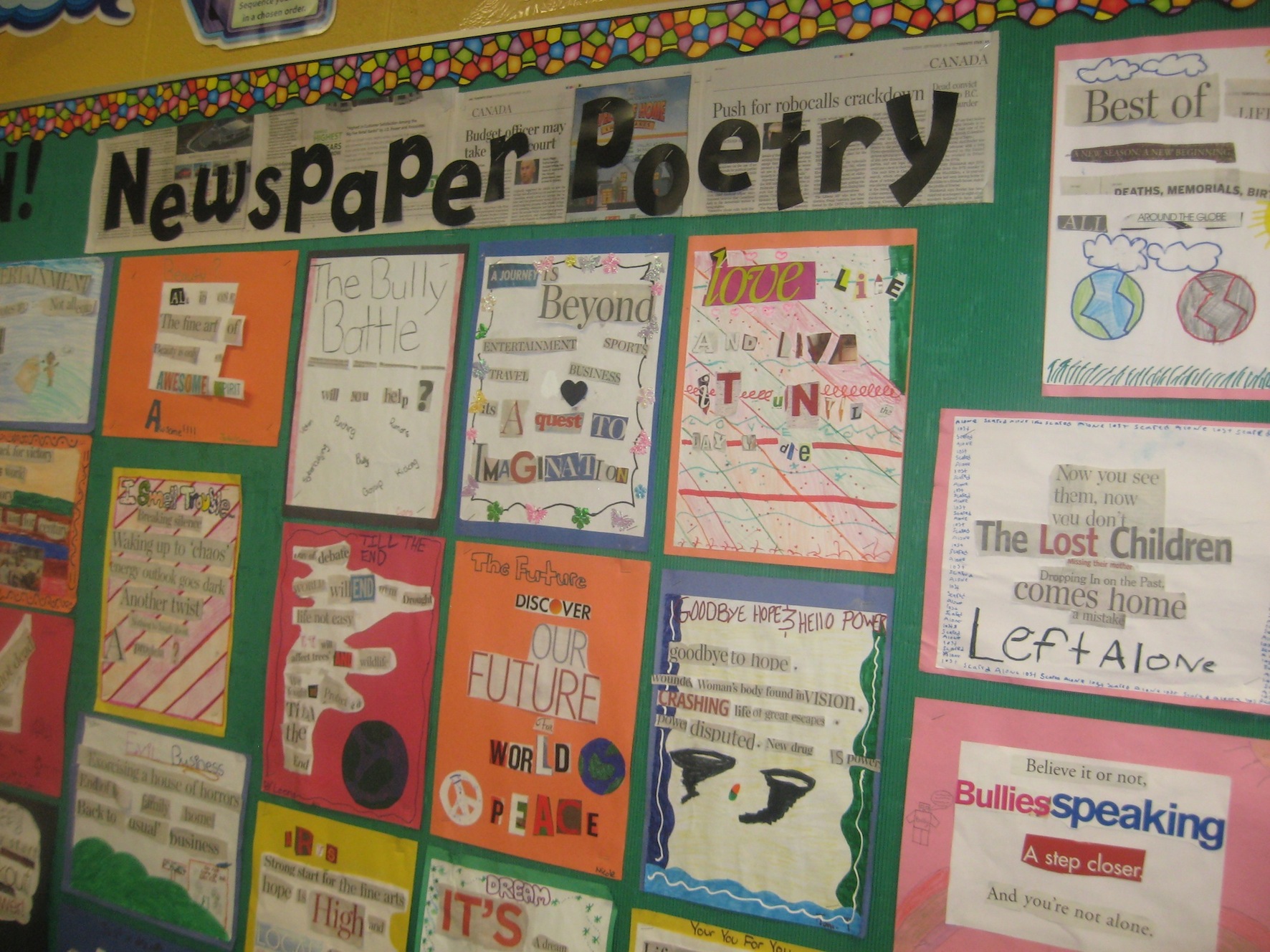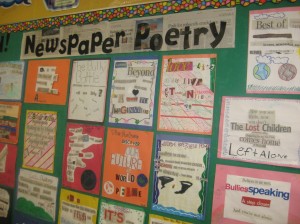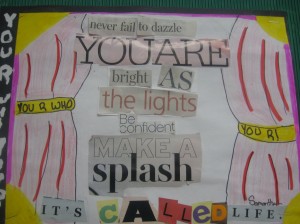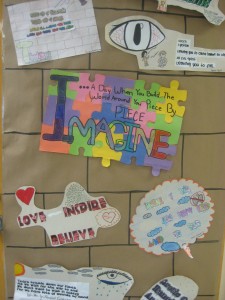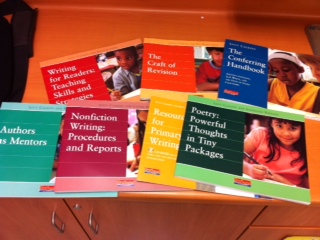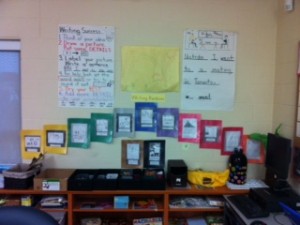Effective Planning for Core French – From Scratch
Core French is an interesting subject to teach that is full of…paradoxes so to speak. Interestingly enough, I’ve never seen any other subject area where the resources are so painstakingly developed. In some, there is a detailed breakdown by the minute of each lesson accompanied by an actual teacher script (Allez à la page 2 de votre livre. Quel est le titre du chapitre?) A little surreal actually. One would think that teaching core French would be the easiest thing in the world; your lessons are all planned out, no shortage of worksheets and someone has even thought out exactly what you’re supposed to say and when. How then to explain the digression of The Young and the Restless into Fear Factor? Well, it’s easy to write a one-sided script but not so easy to gage how the other party might respond. The most common problems for Core French teachers are a lethal cocktail of zero motivation and disruptive behaviour both of which feed into the other. Personally what saved me from successive agonizing 42 minute periods (time and time again) were well-crafted lesson plans and activities. The magic formula? Engaged students don’t misbehave. Does this mean you have to do more than open your book to the prepared scripted lesson of the day? Yes. Does this require a lot of effort on your part? Yes, countless hours. Is it really worth it? Most definitely. What follows are some ideas around
1) Students need to be able to relate to what you’re trying to teach them. That’s why bypassing the unit on Microbes (an actual unit in a popular resource) could save both your students and yourself alike. Instead focus on themes that reflect their actual interests.
2) Stay on top of current trends in everything (music, sports, tv/movies, etc)! No need to overdo it, but be aware of what your students are interested in.
3) Personalize your worksheets/assignments with names of your students and current info. In doing so, you will have tricked them into actually reading through the entire text.
4) Be very creative in terms of the concepts of your assignments. Use the curriculum as your base and integrate the concepts into something fun. An example for the passé composé would be to recount a week in the life of Beyoncé and include all the gossipy tidbits in the descriptions of her activities. Similarly for the future proche, they could write an assignment around winning the lottery and describing how they would spend their fortune.
5) Give them lots of support in terms of exemplars, reference sheets and anchor charts. Always make sure you have given them all the necessary tools to be able to work independently (without relying on Google translate).
6) Use the publishers resources as a guide but be prepared to redesign materials to suit the needs and level of your students.
7) Allow your students to make it as simple as they might need to or as complex as they are able.
8) Have fun in the process and think of it as a future investment. A lot of work up front but beneficial in both the short and long term.


